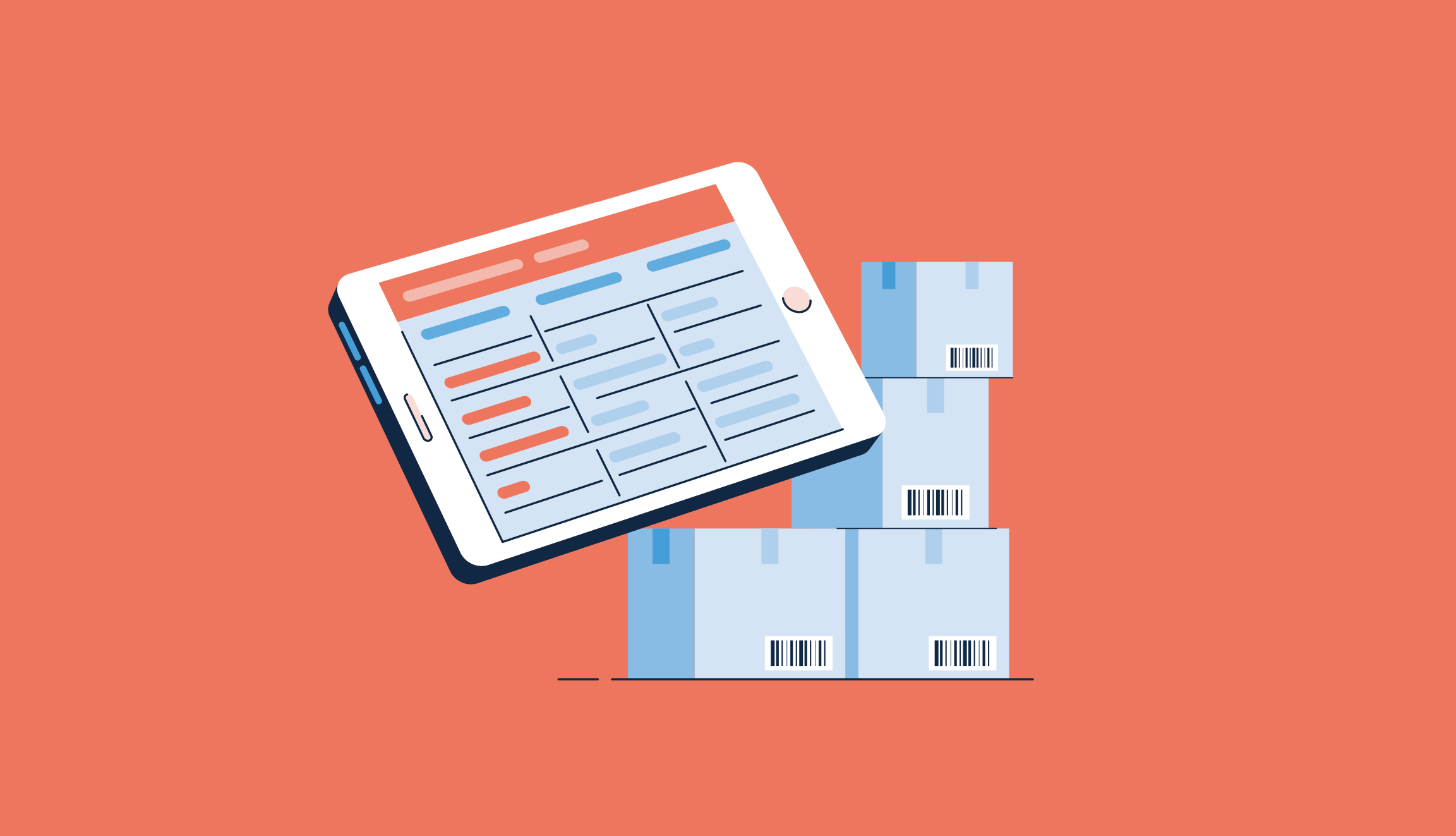What is LIFO?
Last In, First Out (LIFO) is a method companies use to account for inventory. Using the LIFO method, the cost of the most recent products purchased is the first to be expensed as the cost of goods sold (COGS). Basically, this concept states that the last unit of inventory received (the newest inventory) is the first unit of inventory used.
The LIFO inventory method is most popular with companies that have large amounts of inventory, and that can take advantage of lower taxes and higher cash flows, like certain retailers or auto dealers. These companies often use inventory control software to manage physical inventory.
LIFO is only used in the United States and is governed by the generally accepted accounting principles (GAAP). It is forbidden by The International Financial Reporting Standards (IFRS) because it distorts the inventory values and may affect a company's financial performance.
LIFO example
Since LIFO is popular with auto dealers, let's use one as an example to fully understand this method.
A car dealer has ten new trucks in their inventory. The first five cost $50,000 and arrived three days ago. The last five trucks to arrive cost $65,000 and arrived yesterday. Based on the LIFO method of inventory management, the last trucks are the first ones to be sold. In total, seven trucks are sold, which then have to be recorded as a cost.
Since the last inventory is the first inventory sold, the trucks that cost $65,000 sold first. Following these five trucks, the auto dealer sold two more of the $50,000 trucks. In total, the cost of the trucks under this method is $425,000, or five at $65,000 and two at $50,000.
The actual formula for this is:
Cost of goods sold = The starting inventory + purchases – ending inventory
When to use LIFO
Companies use LIFO when the costs associated with buying or making products for their inventory have grown or become more expensive due to inflation. While companies may find this inventory cost method has the potential to lead to a loss in profits, it also allows companies to pay less in corporate tax. If a company is concerned about inflation, it can turn to LIFO to increase earnings.
When to use LIFO always depends on market conditions. If prices are steady, LIFO shouldn’t be used.
Benefits of LIFO
When put in practice, the primary benefit of LIFO is that the cost to purchase inventory increases over time. This valuation benefit centers around companies selling the most expensive inventory first. Once this inventory is sold, the value of the units sold can be expensed on any income statements a company has.
In summary, the more costly inventory is expensed before the less costly inventory.
LIFO best practices
Once it’s determined that LIFO is their preferred method, a company should follow these best practices:
- Get permission. Companies need to file with the IRS and obtain permission to elect the LIFO method. This is done by sending in Form 970.
- Have the necessary information. The IRS requests specific information about a company’s goods to determine if LIFO is the best method. Companies need to share information about the costing methods they plan to use with LIFO, which goods will be left off the LIFO method, which inventory methods were used during the previous year to value goods, and which goods they apply the LIFO method to.
LIFO vs. FIFO vs. average cost method
The LIFO method assumes that the most recent products in a company’s inventory have been sold first.
First In, First Out (FIFO) records the oldest inventory items as sold first. Companies often prefer this method since firms use LIFO when they file taxes. It must also use LIFO when it reports financial results to its shareholders. This can lower net income and earnings per share.
Using the same example above with the trucks, but using FIFO, five trucks are sold at $50,000, and two trucks are sold at $65,000. So, instead of the total cost of the trucks being $425,000, it would be $380,000.
This is why LIFO creates higher costs and lowers net income in periods of rising prices, which also reduces taxable income. Similarly, when prices fall, LIFO leads to lower costs and increases net income, which also increases taxable income.
The average cost method takes the weighted average of all units in a company’s inventory available for sale during the accounting period and uses the average cost to determine cost of goods sold.

Mara Calvello
Mara Calvello is a Content and Communications Manager at G2. She received her Bachelor of Arts degree from Elmhurst College (now Elmhurst University). Mara writes customer marketing content, while also focusing on social media and communications for G2. She previously wrote content to support our G2 Tea newsletter, as well as categories on artificial intelligence, natural language understanding (NLU), AI code generation, synthetic data, and more. In her spare time, she's out exploring with her rescue dog Zeke or enjoying a good book.

